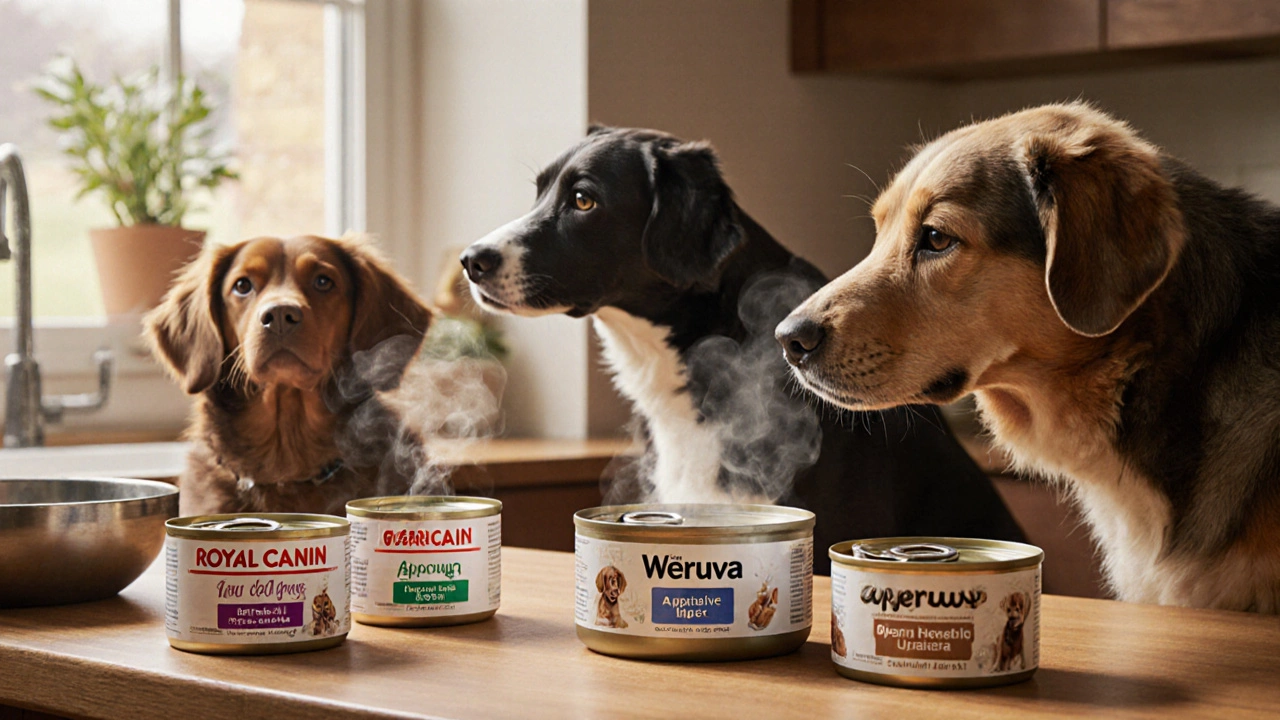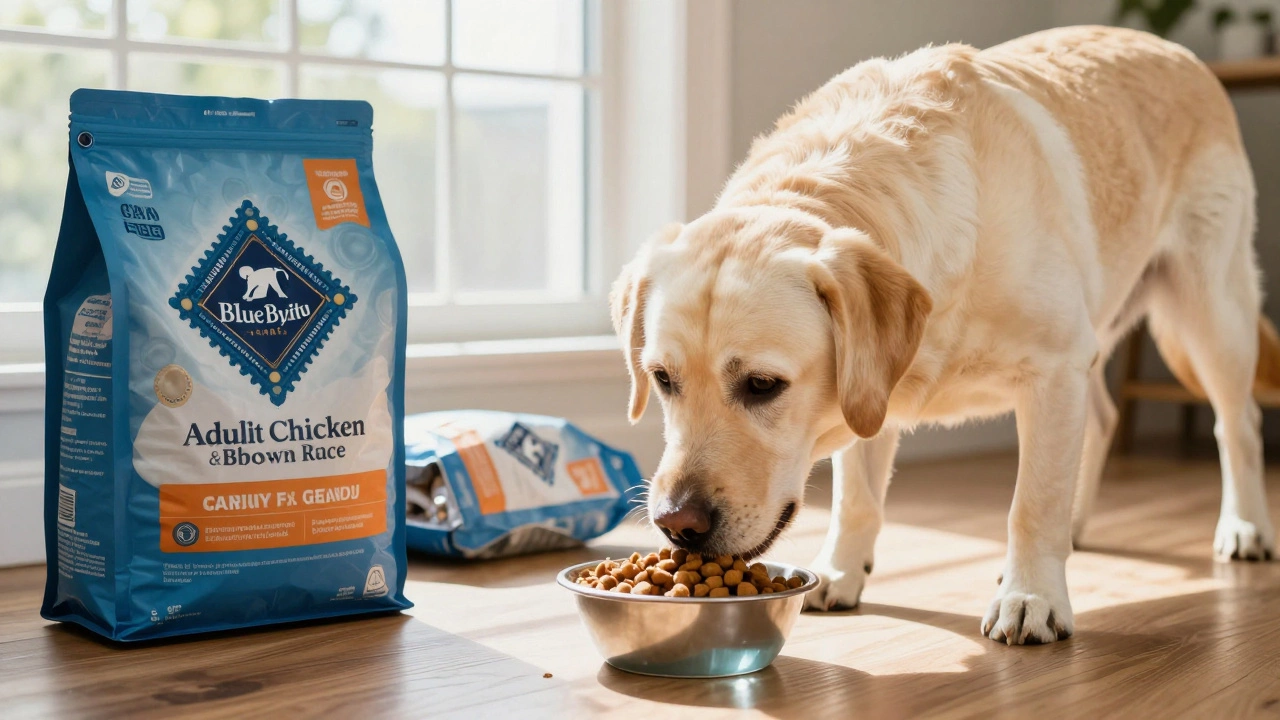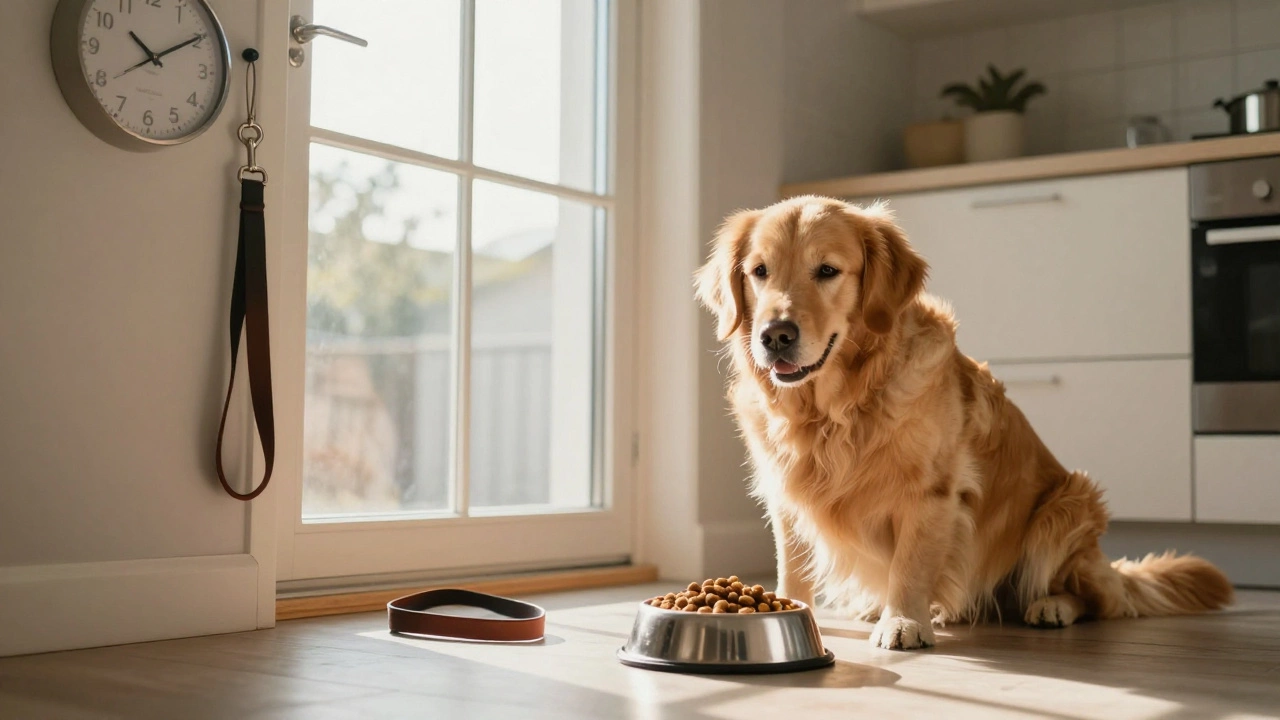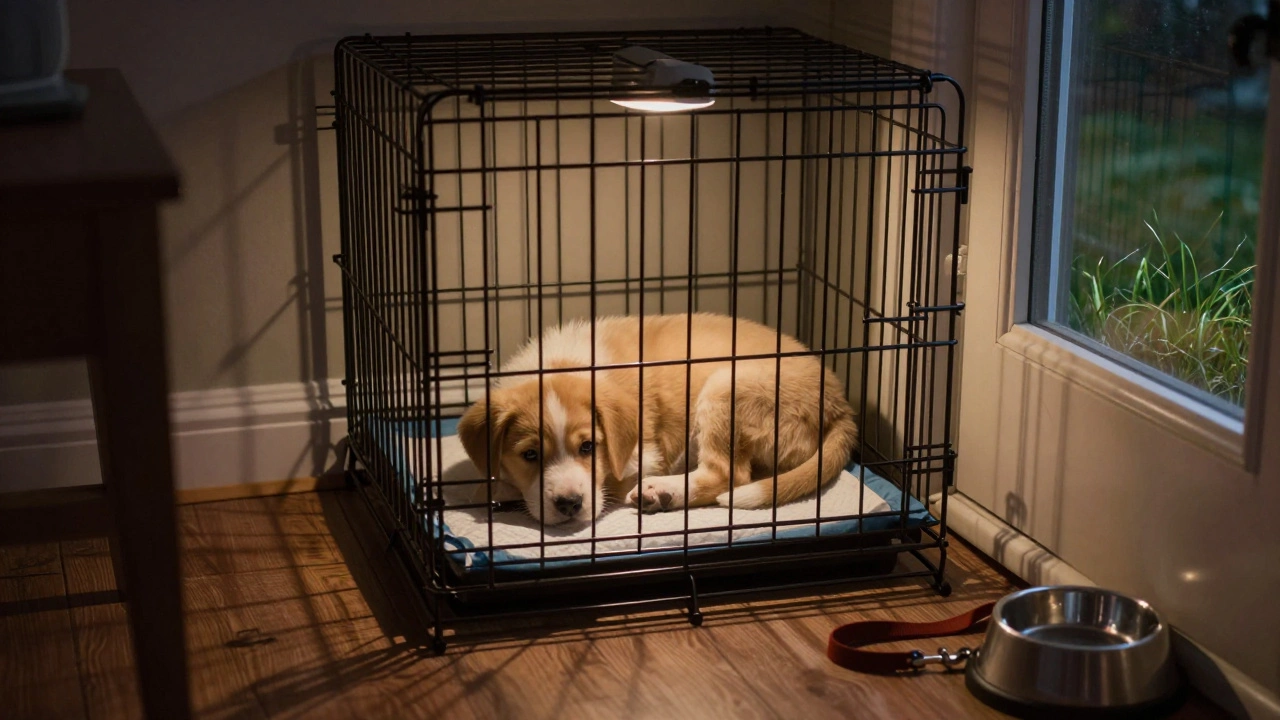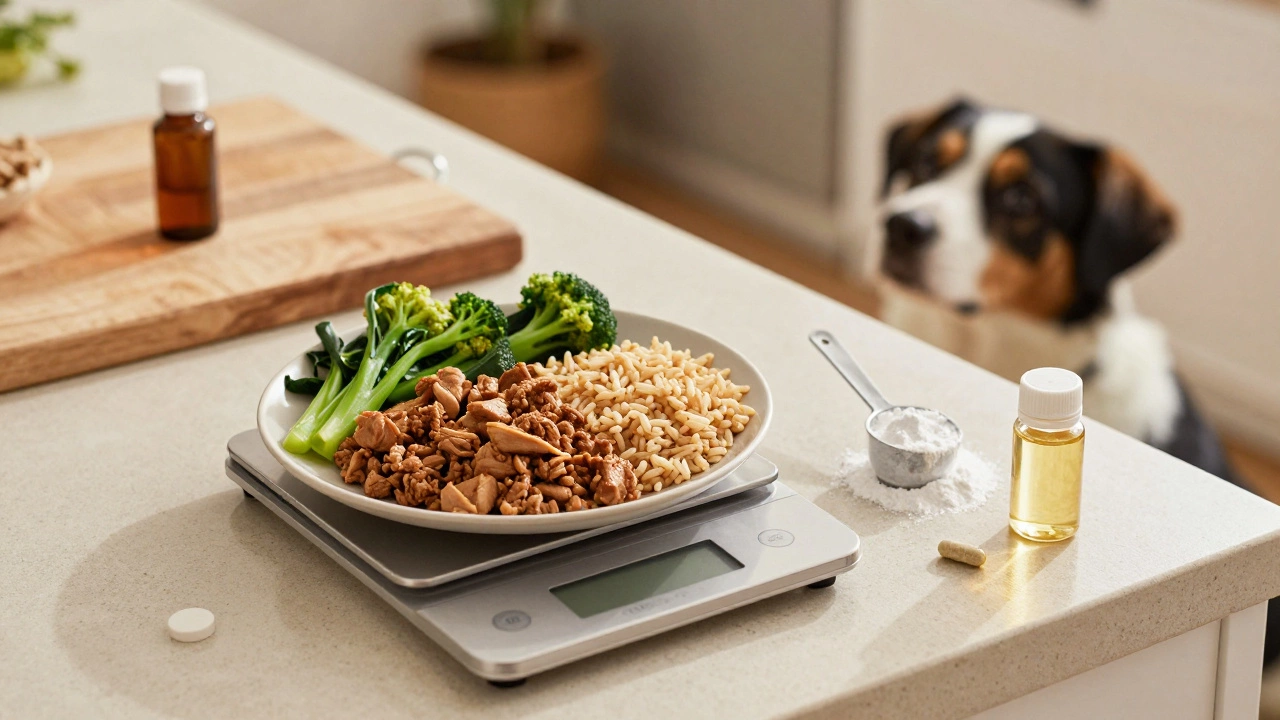Canned Dog Food: What It Is, Why It Matters, and What You Need to Know
When you open a can of canned dog food, a moist, ready-to-serve meal made for dogs, often used as a main diet or topper. Also known as wet dog food, it’s packed with water, real meat, and digestible ingredients that many dogs prefer over dry kibble. Unlike dry food, which sits on the shelf for months, canned dog food is usually cooked in the can, sealed fresh, and designed to mimic a more natural diet. It’s not just a treat—it’s a legitimate feeding option, especially for dogs who don’t drink enough water, have dental issues, or are picky eaters.
Many pet owners wonder if canned dog food is better than dry. The answer isn’t simple. Wet food helps with hydration, which matters a lot for dogs who live indoors or don’t drink from their bowls. It’s also easier to chew, making it ideal for older dogs or those with missing teeth. But it’s more expensive per meal and doesn’t help clean teeth the way crunchy kibble might. That’s why a lot of owners mix both—using canned food as a topper to make dry food smell and taste better. Some dogs with sensitive stomachs do better on canned food because it’s less processed and has fewer fillers. Brands like Wellness Core, Blue Buffalo, and even store brands now offer high-protein, grain-free options that match what vets recommend for active or aging dogs.
Not all canned dog food is created equal. Look at the ingredient list: the first thing should be a named meat like chicken, beef, or lamb—not "meat by-products" or "animal digest." Avoid cans with added sugars, artificial colors, or excessive salt. If your dog has allergies, check for common triggers like corn, wheat, or soy. And don’t assume that "premium" or "holistic" on the label means anything legal—it’s marketing. Stick to brands that list their manufacturing location and follow AAFCO standards. You can even find canned food made for specific needs: kidney support, weight loss, or senior joint health.
Feeding canned food doesn’t mean you’re giving in to your dog’s demands. It’s a smart choice when you understand how it fits into their overall diet. A dog that’s drinking more water because of wet food is a dog less likely to develop urinary issues. A dog that’s eating well because the food smells good is a dog getting the nutrients they need. And a dog that’s not wasting food because they actually like it? That’s a win for you and them.
What you’ll find in the posts below are real answers from pet owners and vets about when canned dog food helps, when it doesn’t, and how to pick the right one without getting tricked by packaging. You’ll see how it compares to dry food, how to transition safely, and even why some dogs refuse dry food altogether. No fluff. Just what works.
What Wet Food Is Good for Dogs? A Simple Guide to Choosing the Best Options
Discover what wet food is truly good for dogs-based on ingredients, life stage, and vet recommendations. Learn how to choose the best canned food, avoid common mistakes, and feed it properly for optimal health.

